Test sieves for sieve analysis are essential tools used in sieve analysis to determine the particle size distribution of granular materials. This method is widely employed in industries such as construction, pharmaceuticals, food processing, and more. Let's delve into the details of test sieves, their construction, standards, sieve analysis procedure, and the significance of particle size distribution.
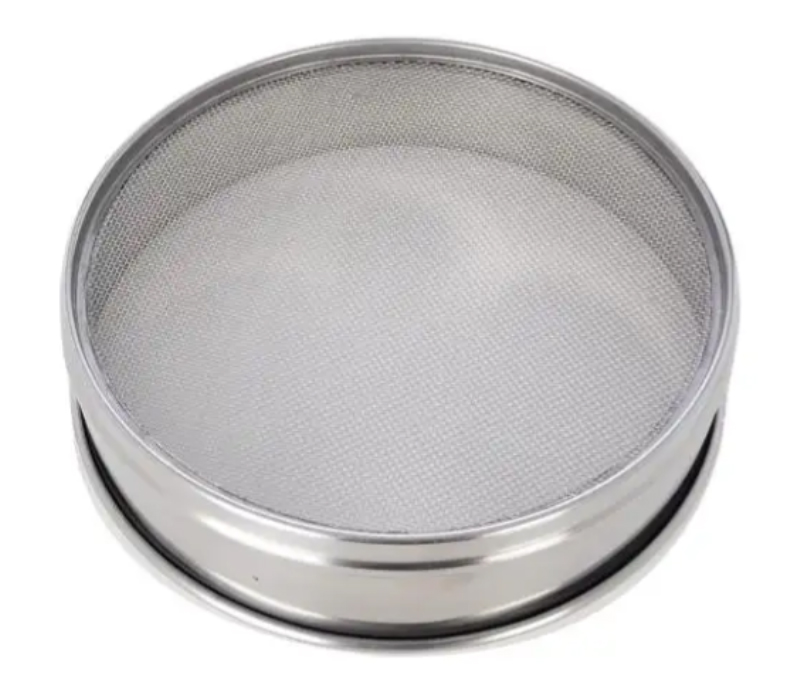
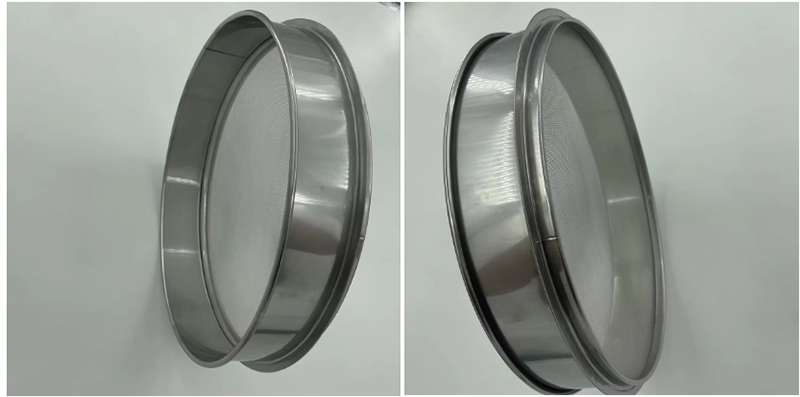
Frame: Typically made of stainless steel or brass, providing durability and corrosion resistance.
Mesh: The mesh is the woven wire cloth that determines the size of the particles retained. It can be made of stainless steel, brass, or other materials.
Aperture Size: The opening size of the mesh is critical for accurate particle size analysis.
Diameter: Test sieves come in various diameters, with 8-inch and 12-inch diameters being common.
Certification: Some test sieves are certified to meet specific standards, ensuring accuracy.
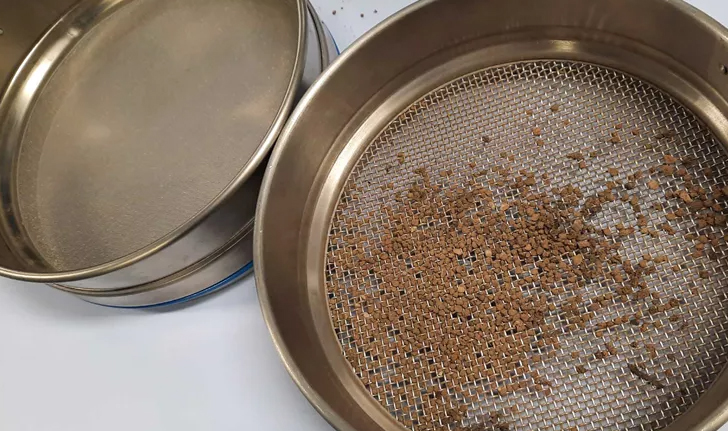
ASTM E11: ASTM International standard for wire cloth and sieves used for testing purposes.
ISO 3310: International standard specifying technical requirements and testing methods for test sieves.
BS 410: British standard for test sieves used in particle size analysis.
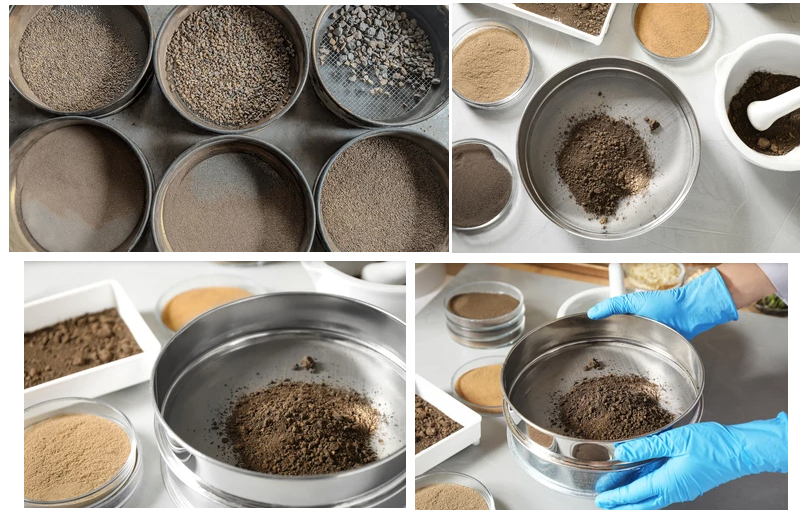
Sample Preparation: The material to be analyzed is properly prepared and weighed.
Stacking: Place the test sieves in descending order of aperture size, with the finest sieve at the bottom.
Sieving: The material is placed on the top sieve and the stack is mechanically or manually shaken to separate particles.
Weighing: After sieving, the retained material on each sieve is weighed to determine the percentage of material in each size fraction.
Calculations: Particle size distribution is calculated based on the weights retained on each sieve.
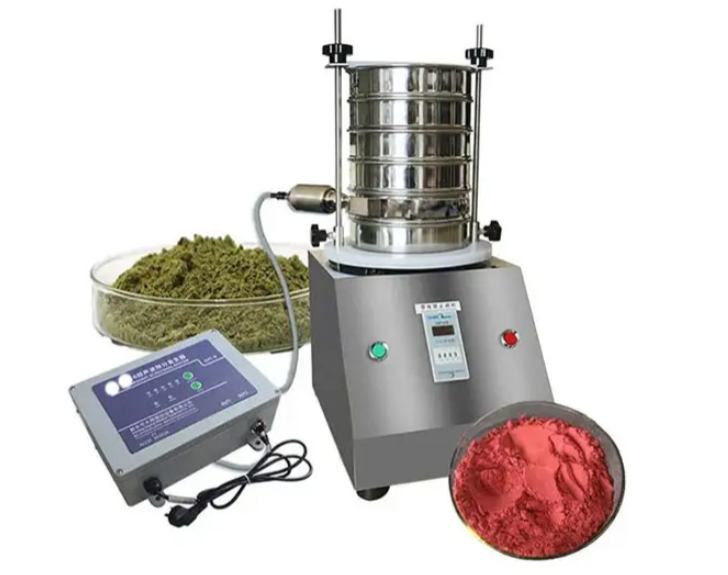
Quality Control: Helps ensure product quality and consistency in industries like pharmaceuticals and food processing.
Process Optimization: Understanding particle size distribution aids in optimizing processes such as mixing, granulation, and packaging.
Material Characterization: Provides valuable information about the characteristics of granular materials.
Regulatory Compliance: Some industries are required to adhere to specific particle size distribution standards.
Standard Test Sieves: Conform to specific standards and are widely used in various industries.
Wet Washing Test Sieves: Designed for wet sieving applications to analyze materials that are not suitable for dry sieving.
Air Jet Sieves: Utilize air to assist in the sieving process, commonly used for fine powders.
test sieves are indispensable tools for sieve analysis, providing valuable insights into the particle size distribution of granular materials. By following standardized procedures, maintaining and calibrating test sieves, industries can ensure accurate results, quality control, and process optimization.
Address:China,Yanjin county forest park gate to the west 1000 meters north road.